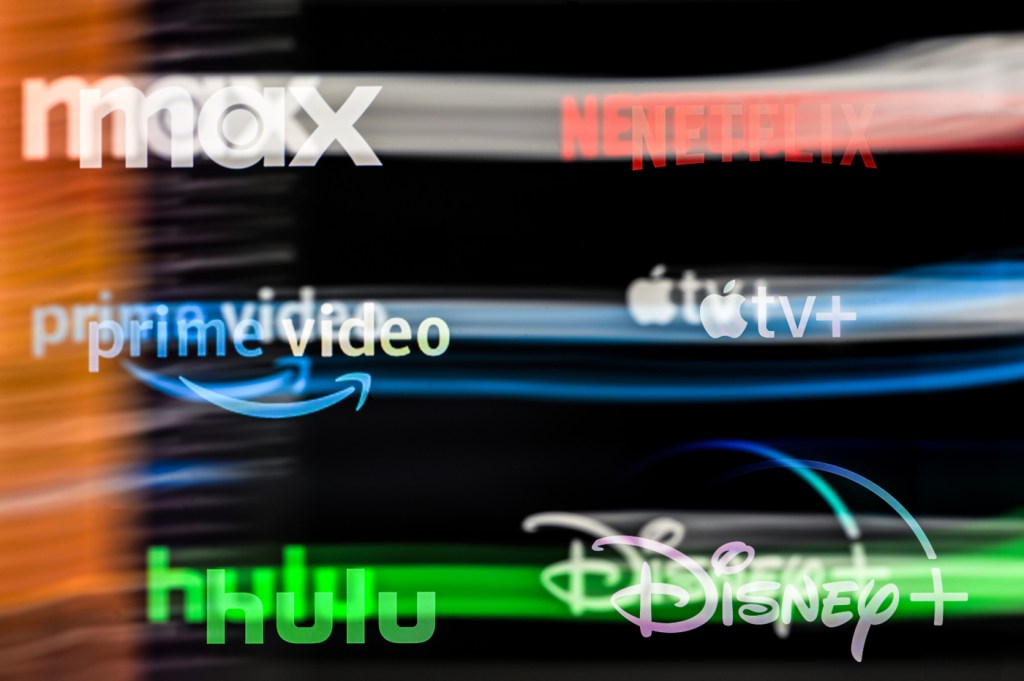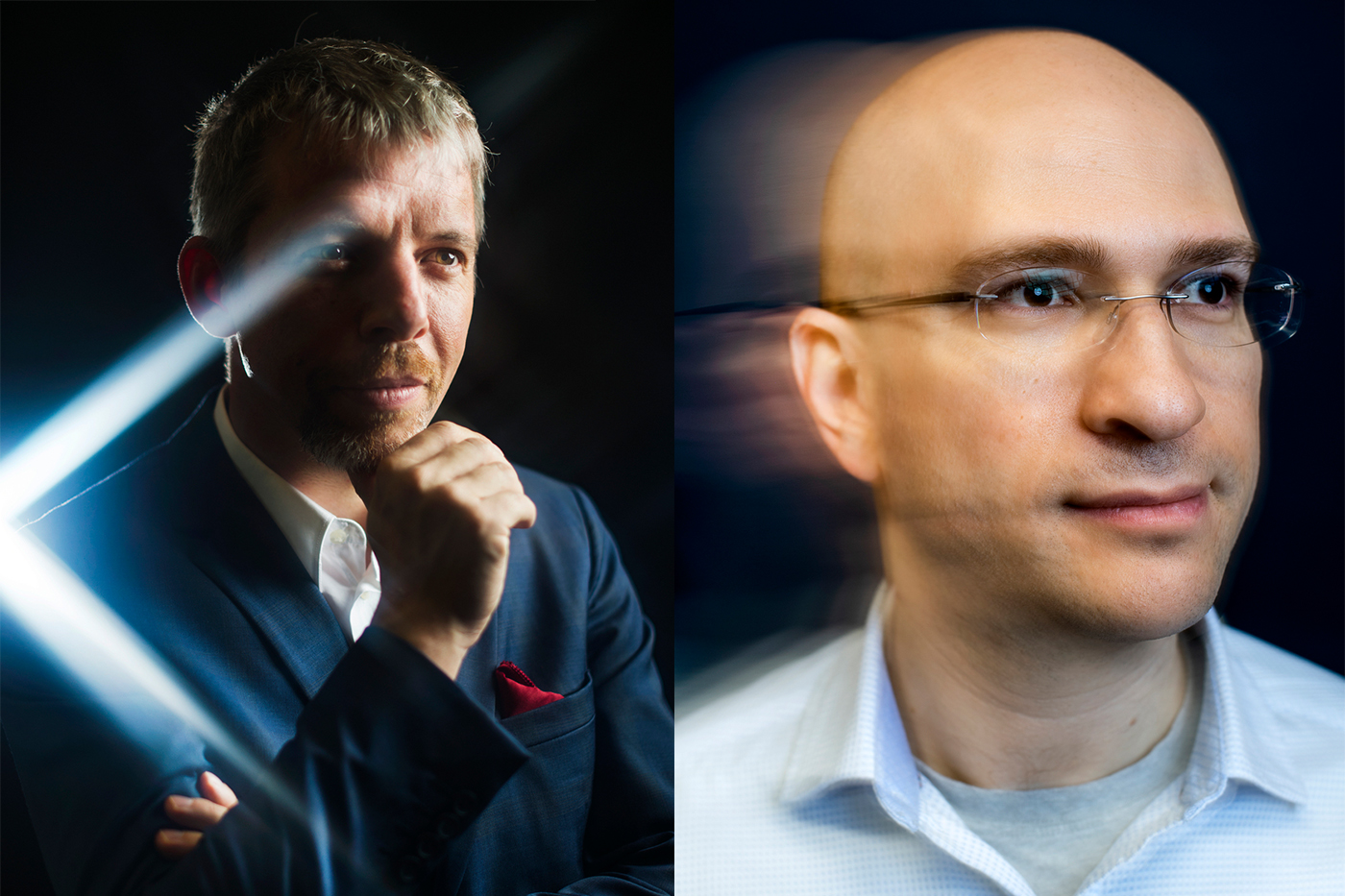Netflix, Disney+ and most streamers are hiking their prices. Will customers stick around?

Food, travel, gas –– even as inflation has dipped, it’s hard not to notice the higher price tags and higher bills that still dominate the market. It might be tempting to sit down and watch your favorite Netflix show, but that now comes with some added stress, too.
Streamflation is here: The average price of an ad-free streaming service will increase by 25% in a year, according to a Wall Street Journal report.
What started as a cost-effective alternative to cable TV is now an equally expensive requirement for the modern TV viewer. In 2008, when Netflix first started offering unlimited streaming, a subscription cost $8.99 per month; the same level of access now costs $15.49 per month. Disney+ launched at $6.99 per month and now costs double that at $13.99 per month.
With streamers trying to combat massive financial losses on expensive services in a crowded market, it was only a matter of time before the bill came due for users, says Koen Pauwels, distinguished professor of marketing at Northeastern University. One way streamers have been recouping costs is by cutting the size of their libraries to avoid residual payments and licensing fees. The other is raising the price of the services themselves.

“They spent millions and millions of dollars on new product development to get really cool hits and to keep those coming,” Pauwels says. “You’re spending millions or billions to get the rights for books and content, and your competitor is doing the same. Even though the market share might shift a little bit, overall it stays the same and you end up with very unprofitable businesses. At some point you will have to start raising the price or just stop making new content. The players that want to be in this for the long run have basically decided to increase prices.”
With prices increasing across the board, what does it mean for users who are streaming more TV than ever before? Will people have to be more selective about which services they subscribe to or duck in and out of services whenever a new season of their favorite show comes out?
Pauwels predicts most people will stick with their preferred streaming services, even with the price increase. Part of it has to do with what Pauwels call the reference price, or the price customers expect to pay for something based on the perception of a fair price. Since every streamer is increasing their subscription cost, the reference price goes up too.
But Pauwels also says people have proven they aren’t very price sensitive when it comes to streaming and to how users reacted to Netflix cracking down on password sharing.
When the streaming giant announced it would be charging a fee to allow users to share their account with people outside their household, an option that had been free in the past, many assumed subscribers would drop like flies. Instead, Netflix experienced a 5.9 million subscriber growth spurt, as people who had previously shared a password signed on to use the service.
“That people went from paying nothing to paying something rather than missing Netflix, I think price sensitivity is not as high as some people make it out to be,” Pauwels says.
But the key reason behind streamflation might be that streamers have finally figured out where the real money is: advertising.
Netflix, Disney+ and several other streaming services have recently introduced cheaper ad-supported tiers. Netflix said its ad-supported tier generates more revenue per user than the ad-free version of its service, as advertising revenue makes up for the lower subscription cost.
Yakov Bart, an associate professor of marketing at Northeastern, says it’s not a coincidence that companies have introduced price hikes and ad-supported tiers around the same time.
“Humans are very much creatures of habit,” Bart says. “Instead of simply dropping the service after this increase, people who may not be able to afford it will go to the ad-supported tier and still continue making money for the streaming service.”
All of this might sound familiar. In a way, the industry is turning back toward the traditional TV model that existed for decades before streaming disrupted it, says Javier Grillo-Marxuach, a member of the Writers Guild of America with a decades-spanning career writing TV like “Lost” and Netflix’s “The Witcher.”
“Somebody asked me recently, ‘What’s the future of television?’” Grillo-Marxuach says. “I said the future of television is the streamers are going to have to figure out that they’re in the business of making television. A lot of the profits that American television got to and a lot of the economies of scale were accomplished because of ad sales. That’s why the streamers are going to move to that model. … Tried and true does not mean dead and buried.”
Cody Mello-Klein is a Northeastern Global News reporter. Email him at c.mello-klein@northeastern.edu. Follow him on Twitter @Proelectioneer.






